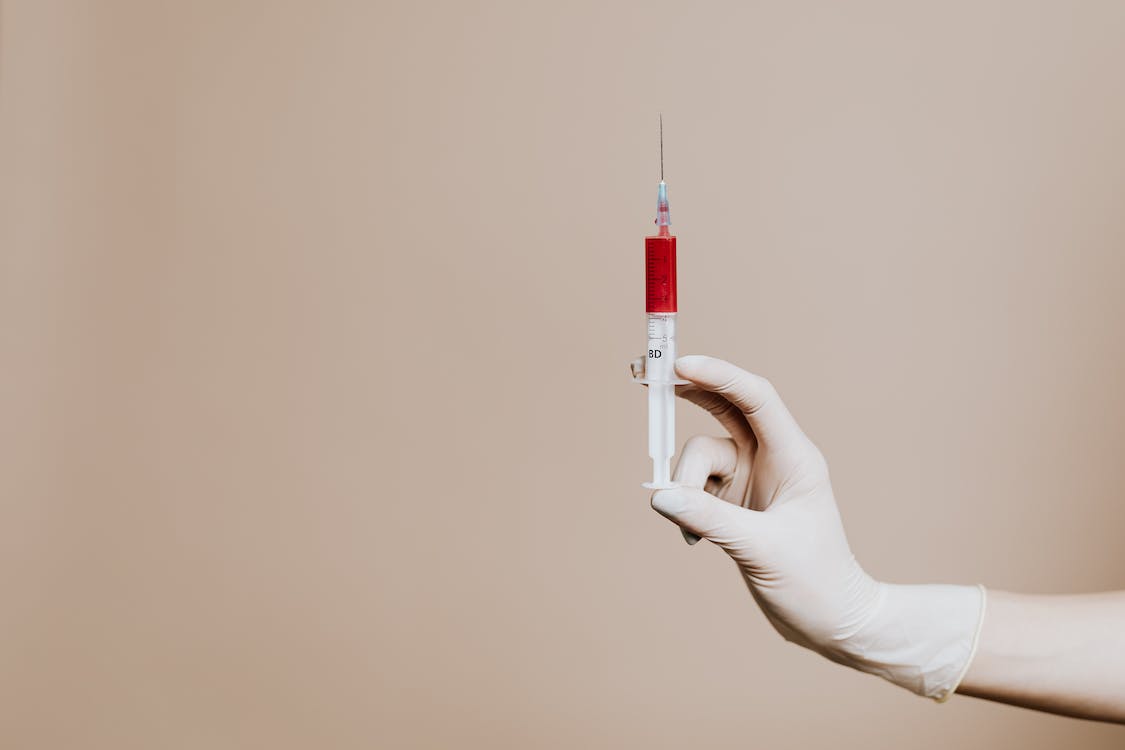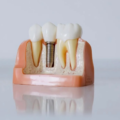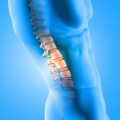Constant, unbearable chronic pain has an impact on both your body and your life. Most patients and doctors have turned to opioid prescriptions to alleviate their pain, but the answer has exacerbated the problem.
Since the late 1990s, when pharmaceutical firms convinced doctors that opioids were not addictive, more than two million people have gotten hooked on them, and approximately 48,000 have died as a result of an overdose. Every day, 130 people are affected. And the figures are rising.
While medication, when prescribed and taken properly, has a place in pain management, different approaches to pain develop and gain popularity in this field. When possible, pain doctors more often resort to interventional methods that include novel methodologies, cutting-edge technology, and nonpharmacological paths. Platelet-rich plasma, or PRP, is one of the most successful treatment options that was proven as such by time and practice.
How Does Your Body Handle Pain?
When you are injured, your body quickly goes into self-repair mode and sends platelet cells to the affected area. These platelet cells contain vital healing and growth factors that initiate the repair of injured tissues, as well as signaling stem cells in your body to complete the healing process and reduce inflammation and pain.
How Platelet-Rich Plasma Improves Your Body’s Pain Management Systems
PRP is a relatively recent therapy that aids in the relief of pain by increasing the body’s natural healing processes. It works similarly to your body’s natural systems in that it floods the painful area with those all-important platelets, but it also speeds up the process by bringing those platelets to the scene faster and in greater quantities.
The treatment begins by collecting a tiny amount of blood from your arm, much like a normal blood draw during a routine check-up. After this, a centrifuge is used to separate the platelet-rich plasma from the red blood cells and platelet-poor plasma. Then those platelets are injected into your wounded area, the source of your persistent pain, where they start to do what they do best – neutralize your pain and start healing.
What Types of Pain Does PRP Treat?
As PRP continues to provide immediate and long-term pain alleviation for a variety of diseases, more and more applications are being discovered. The following are the most prevalent conditions:
- Rotator cuff tears;
- ACL sprains;
- Knee, hip, and shoulder osteoarthritis pain;
- Arthritis and spinal injuries;
- Injuries of the neck;
- Injuries of the back;
- Tendonitis;
- Sprains of the ankle;
- Elbow strain from tennis;
- Ligament sprains;
- Degenerative disc disease is a type of disc disease;
- Plantar fasciitis (type of heel pain);
- Wounds caused by surgery.
How Safe Is PRP Treatment?
The safety of PRP is perhaps the most critical factor. Because it uses your own blood, there is less chance of rejection and infection. There is also no downtime to deal with. The process is minimally invasive, requiring only a blood sample and an injection, so you can do anything you can before your PRP injection.
How Efficient Is PRP?
Everyone reacts to PRP in a unique way. Most people feel rapid pain alleviation and considerable relief within a few weeks or months. As your body responds to the therapy and your stem cells begin to regenerate, you should notice a considerable difference in your pain level.
More significantly, the platelet-rich plasma works to repair the underlying problem that has been causing your chronic pain, so you may be able to live pain-free for the first time.
PRP may be the answer if you have chronic pain that hasn’t responded to standard treatments. If you are interested in this treatment option, talk to your family doctor or make an appointment with the specialist at the pain management center.







































No Comments